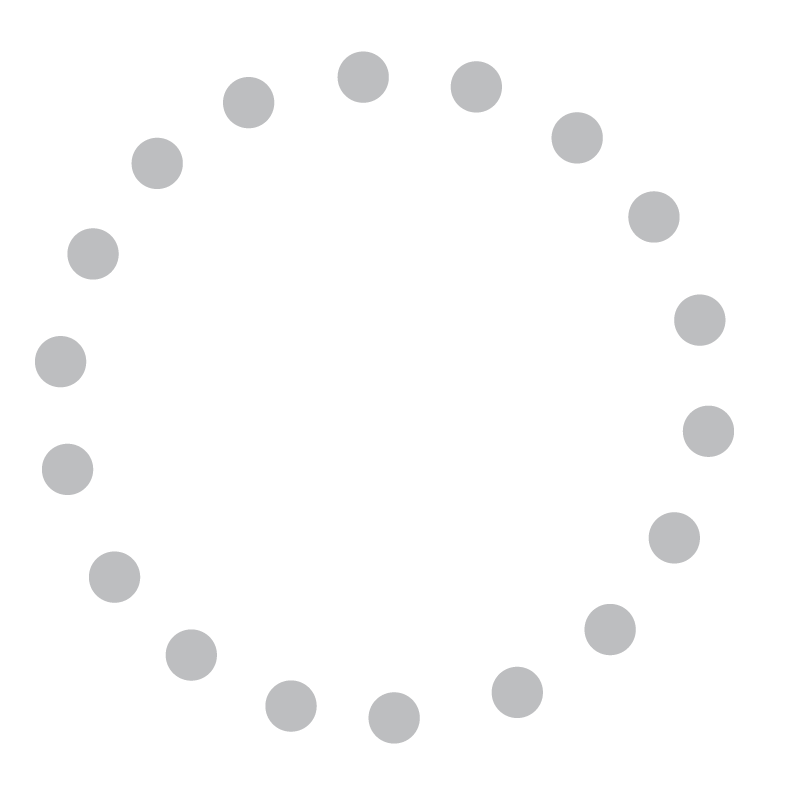Translational Research, Leading the Way to Early Detection and Life-Saving Diagnoses
In their pursuit of improving lives and preserving vision, two Wills Eye faculty members are collaborating on several studies with colleagues in non-ophthalmic fields of inquiry. This multidisciplinary, team approach has proven pivotal.
The translational work of Jose S. Pulido, MD, MS, MPH, MBA, the Larry A. Donoso Endowed Chair of Translational Ophthalmology, and Tatyana Milman, MD, Professor, Ophthalmology and Pathology, encompasses newly developed, non-invasive and minimally invasive techniques that will lead to early detection, treatment, and a better understanding of ocular and systemic diseases.
Stella Sarraf, PhD, a chemist and founder/CEO of the San Diego-based Amydis, Inc., is the co-inventor of a platform of chemical compounds called “tracers” that are administered during an eye exam and imaged with ocular cameras. “When these tracers bind to disease-specific biomarkers, a strong fluorescent signal (a beam of light) is emitted,” said Dr. Sarraf. This technology, developed a decade ago with the founding of Amydis, is now in human trials for neurodegenerative diseases: ALS, Parkinson’s, Cerebral Amyloid Angiopathy, and Alzheimer’s. Such biomarkers are known to be present early in the disease, enabling physicians to prescribe therapeutics to potentially prolong and save lives.
“Working with Drs. Pulido and Milman, we have expanded our use of ocular tracers to look for systemic disease,” said Dr. Sarraf, “which really speaks to the power
of collaboration.”
The team’s focus has been on early detection of a progressive and often fatal systemic disease, transthyretin amyloidosis (ATTR). “A large percentage of patients go undiagnosed, particularly elderly and African Americans with ATTR-related heart failure,” explained Dr. Sarraf. “We completed critical proof of concept studies using human eye tissue supplied by Wills Eye.” The results have been submitted for publication.
“The beauty of this technology is that we can look for systemic diseases — non-invasively — using the eye rather than expensive diagnostics like PET scans and other time-consuming, costly tests,” said Dr. Pulido.
Another study, examining diseases and corneal infections of the eye, is with Yongxin “Leon” Zhao, PhD, Eberly Family Associate Professor of Biological Sciences at Carnegie Mellon University. “Ocular infections, such as corneal ulcers, can lead to vision loss,” said Dr. Milman, adding that bacterial and fungal infections are difficult to examine under a microscope.
“A pathogen, like a tiny virus, is about 100 to 1,000 times thinner than a human hair,” explained Dr. Zhao, a chemist-turned bioengineer and member of Wills Eye’s Translational Ophthalmology Department. Dr. Zhao, with his Carnegie Mellon colleagues, invented an imaging tool called Magnify. “It chemically transforms and magnifies tissue samples, making them appear about 1,000 times larger,” he said. The samples are converted into a form of hydrogel, he elaborated, similar to the material in a baby diaper (which expands and absorbs a lot of water).
Drs. Pulido and Milman supplied corneal tissue samples from patients with various types of infections. “Viewing these tissue samples in an expanded form allows us to detect and identify microorganisms and their environment using traditional microscopes,” said Dr. Milman. “This enables us to make precise diagnoses and offers insight into the infectious disease process.
“What we are doing is truly translational research. We are melding our clinical expertise with the bench research our colleagues are conducting, which will lead to amazing progress.”
Download Full PDF magazine here: Eye Level Fall 2023



